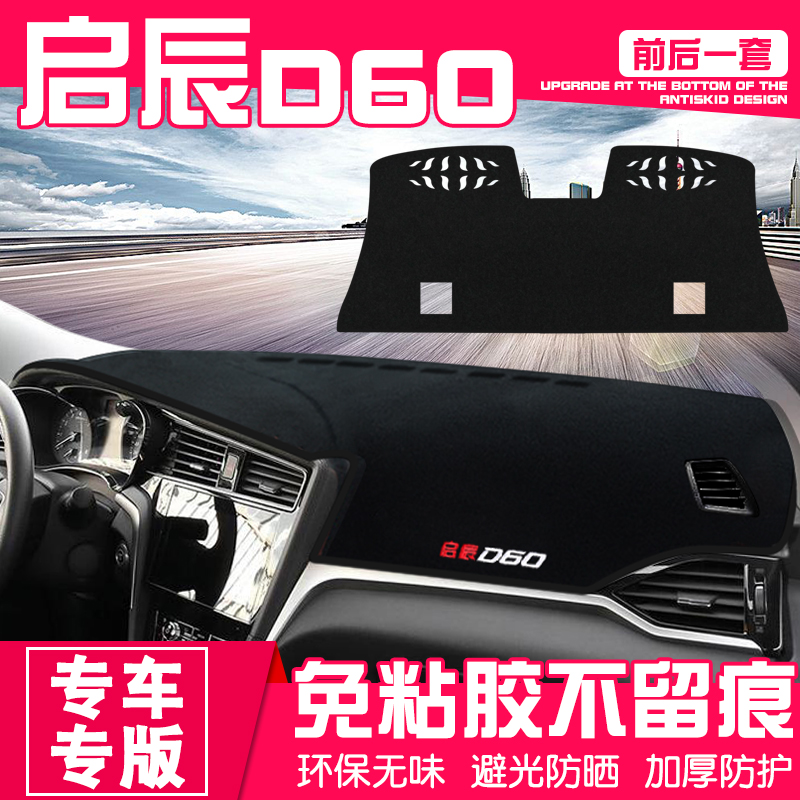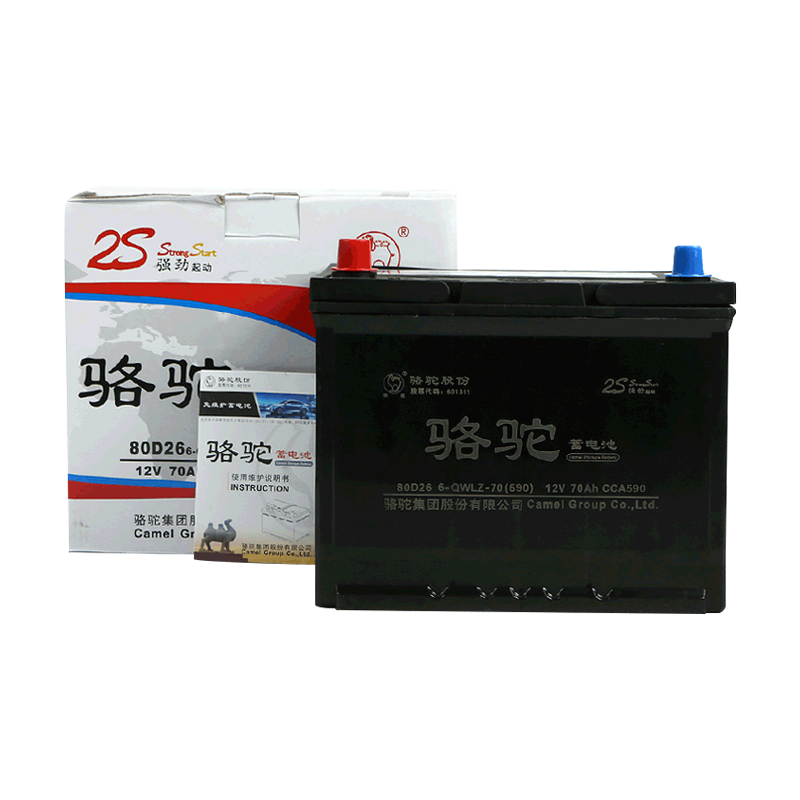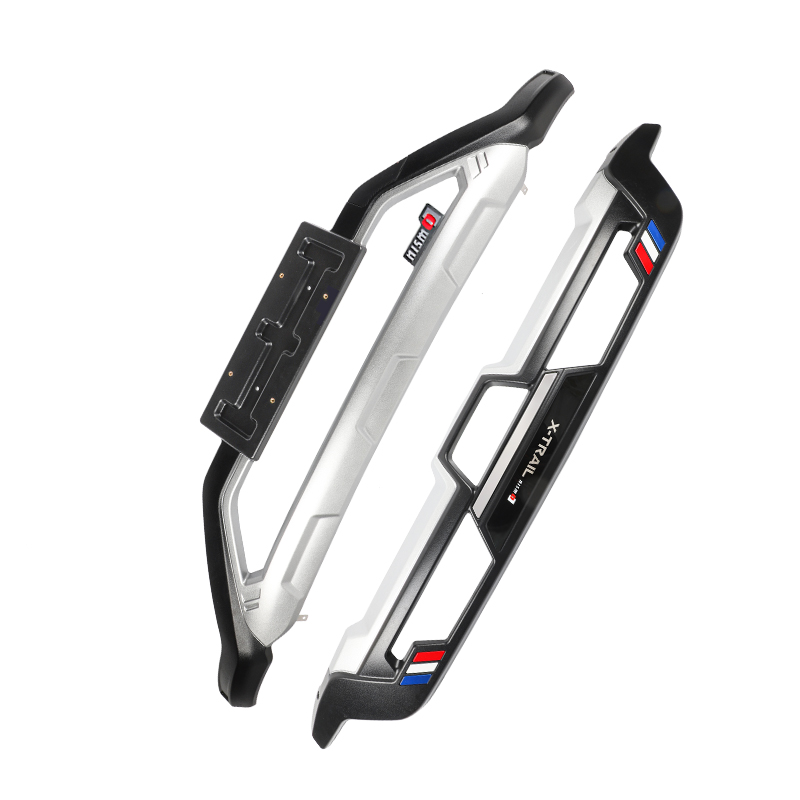Experimental microsphere anodes triple capacity of lithium batteries
Through experimentation with a newly created type of material, scientists in Russia have landed on a battery design with a number of promising performance benefits, in particular an ability to offer triple the capacity of today's solutions. The breakthrough comes from replacing the material used for one of the battery's electrodes with hollowed out nanospheres that enable the device to not only hold more charge, but remain stable over an impressive period of time.
Lithium-ion batteries power everything from smartphones to laptops to electric vehicles, and all do so by using graphite as the anode – the device's negative electrode. The anode is a key point of focus for scientists looking to improve battery performance.
For researchers at Russia's National University of Science and Technology (MISIS), that meant exploring replacements for graphite anodes that might offer greater efficiency. Through a technique called ultrasonic spray pyrolysis, where ions of special metals are turned into a fog through ultrasound and the water is then evaporated at high temperatures, the team was able to create microscopic spheres with a hollowed out, porous structure that seemed to fit the bill.
These were integrated into lithium batteries as the anode and put to the test, where the team observed a number of performance benefits. The novel material not only afforded the battery several times the capacity of conventional lithium ion batteries, but the hollowed out nature of the anode was well retained over 1,000 charging cycles. This worked to buffer the volume changes that take place during charging, helping the battery remain stable over an impressively long lifespan.
"Porous nanostructured microspheres (with the composition Cu0.4Zn0.6Fe2O4), that we have extracted, used as anode material provide three times higher capacity than the batteries existing on market," says study author Evgeny Kolesnikov. "Besides, it allows for an increase in the number of charge-discharge cycles by five times compared to other promising alternatives to graphite. This improvement is achieved due to a synergistic effect with a combination of a special nanostructure and the composition of used elements."
As always with this type of research, translating these promising experimental results in a controlled laboratory setting into a battery that can power your smartphone for three days is far from a straightforward undertaking. But such high capacity and excellent cycling stability are very desirable attributes when it comes to next-generation batteries, so the research opens up yet another promising avenue for scientists in the field to explore.
The research was published in the Journal of Alloys and Compounds.
Source: National University of Science and Technology via TechXplore





